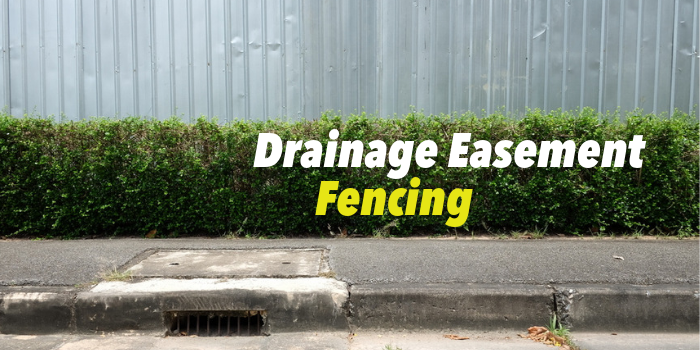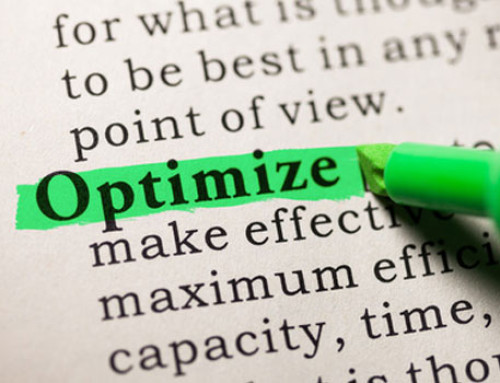When it comes to purchasing property, it’s important for buyers to know their rights concerning easements and how those easements may impact plans for your new home.
What are Property Easements?
An easement grants certain people or entities a legal right to use someone else’s land for a specific purpose. For example, a drainage easement allows outside entities access to a portion of someone’s property to access drainage infrastructure or make repairs to prevent flooding. Or, if a property contains the only access to a public park or beach, an easement would allow for the public to walk through a certain part of that property to get there.
It shouldn’t be a surprise to most homeowners that they have an easement within their property. Easements will always be included in the title documents when purchasing a home, and should be pointed out by a buyer’s real estate agent or title clerk.
Other Types of Easements
Driveway Easements – When a large lot is subdivided, one property owner may need to drive through the other lot to gain access to their own home. A driveway easement will grant them the right to do so.
Conservation Easements – A park or greenbelt running alongside a property is protected from alteration by a conservation easement.
Utility Easements – These may include utilities below ground (natural gas lines, storm drains, sewer mains) or above ground (power or phone lines) that are located on private property.
View Easements – A view easement will prohibit a home owner from planting or building above a certain height to avoid obstructing the view from other properties.
Dead End Easements – Generally found on the side of a property, these easements allow for public access to areas beyond the property.
Property Value
Buyers who are worried that an easement may negatively affect their property value should consider comparable homes that have sold in the area with similar easements. Generally, an easement consisting of only a small portion of a larger property will have little effect on value. However, a large easement on a smaller lot that prevents the owners from having full use of much of their property may see a more significant decrease in value.
Renovation/Expansion Limitations
While property owners still legally possess the rights of ownership to the land, they may be prevented from making certain alterations or modifications to either their home or property if it affects the function of the easement. For example, building a fence along a drainage easement may catch debris or prevent the flow of water, and will likely be prohibited. Other easements may prevent the owner from building an addition onto their home, planting gardens or trees, or adding a pool or hot tub.
Having an easement on your future property doesn’t need to be a deal breaker. Buyers should exercise due diligence in determining the existence and extent of any possible easements so they can plan accordingly and make the most of their new home.
For more helpful information for homeowners and board members be sure to check out our blog for weekly updates, and for help managing your HOA contact Spectrum Association Management today for a free quote.








I have a right of carriageway crossing council land. I have fenced along the driveway to prevent other cars using my driveway. Can i legally do this
Thankyou